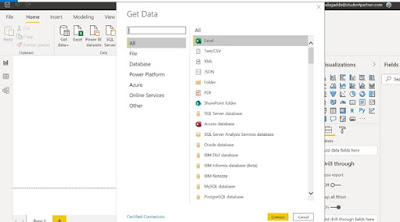Usually applications are designed focusing on fast performance and low latency. Based on the choices we go for in terms of infrastructure, software, networking and maintenance of respective operations have an impact on our environment triggering increased Carbon emission.
Sustainable Software Engineering considers the factors of climate
science along with Software Design & Architecture, hardware, electricity,
and Data Center design as well. Some of the principles of Sustainable Software
Engineering that are explained in the link https://docs.microsoft.com/en-us/learn/modules/sustainable-software-engineering-overview/2-overview
can be adopted while building the system
more Carbon efficient way.
This blog focuses on Migrating the on-prem servers to (Microsoft
Azure) Cloud presenting the opportunity to reduce consumption of energy and
related Carbon emissions. Research has demonstrated Microsoft Cloud which has Serverless
architecture is more energy efficient than other enterprise datacenters.
Cloud servers are used when they are needed and delimit the
usage after the completion of execution which helps sustainability as servers,
storage, and network bandwidth are used to their maximum utilization levels.
Understanding how much power is being consumed will help to
know how much power the server / application consumes. Microsoft Sustainability
Calculator is also being made available for Azure enterprise customers that
provides new insight into carbon emissions data associated with the associated
Azure services. The calculator gives a granular view of the estimated emissions
savings from running workloads on Azure compared to that of a typical
on-premises deployment.
With Microsoft’s Azure Kubernetes Service (AKS) offering,
the process of developing a serverless application and deploying it with a Continuous
Integrated / Delivery experience along with security is simplified. AKS reduces
the complexity and operational overhead of managing Kubernetes. As a hosted
Kubernetes service, Azure handles health monitoring and maintenance. As Kubernetes
masters are managed by Azure, only agent nodes are to be maintained. Overview
and key components of AKS are found here - https://docs.microsoft.com/en-us/azure/aks/intro-kubernetes
Azure Monitor provides details on the cluster's memory and CPU usage which helps to reduce the
carbon footprint of the cluster.
Reducing the amount of idle time for compute resources can
lower the carbon footprint. Reducing idle time involves increasing the
utilization of compute resources – nodes in the cluster. Similarly Sizing the
nodes as per workload needs can help run few nodes at higher utilization. Some
of the other considerations are configurations to control Cluster scales, usage
of spot pools helps to utilize idle capacity within Azure.
Another aspect is to reduce network travel, consider
creating clusters in regions closer to the source of the network traffic. Azure
Traffic Manager can also be used to help with routing traffic to the closest
cluster.
Spot tools can be configured
to change the time or region for a service to run based on the shaping
of the demand.
So Let’s build energy efficient applications and move away from On-Prem wherever feasible to reach the goal to become Carbon Negative!









































